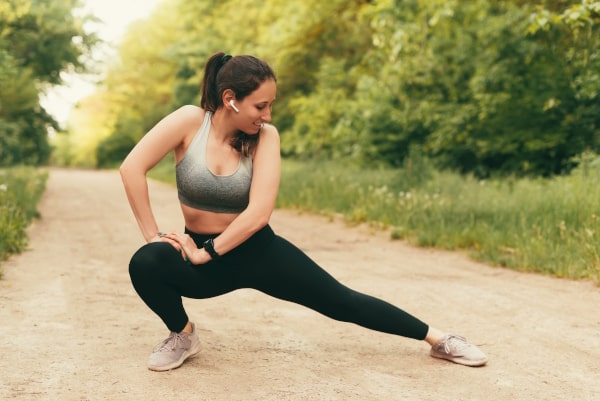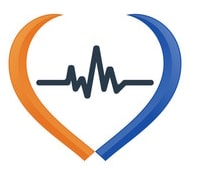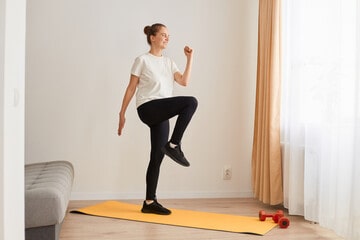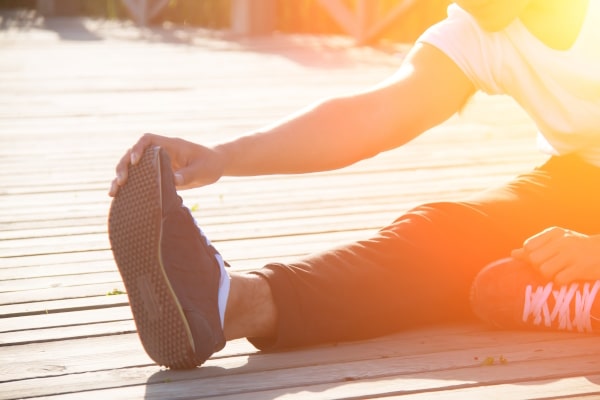Benefits of Warming Up and Cooling Down


Do you skip the benefits of warming up and cooling down when exercising? Maybe you think there just isn’t enough time for a warm up and cool down or it's not that important.
Perhaps you just think these steps are not that important.
Many people feel they are too crunched for time or just do not understand the importance of a warming up and cooling down before and after their workout routine
Skipping these crucial steps in your routine is like having books on a shelf with no book ends. The book ends are the stability and support for the books just like your warm up routine and cool down periods are the "book ends" to your workout. Warm ups and cool downs provide your body the stability and support your body needs before and after exercise.
Although the benefits of warming up and cooling down are different, there are real benefits to both steps.
Benefits Of Warming Up Before Exercise

The main purpose and benefits of warming up before exercising is to slowly increase your heart rate. This increase in heart rate helps to raise your body temperature and to increase the blood flow to your muscles.
This increase in blood flow properly oxygenates your muscles and prepares them for the upcoming more strenuous aerobic exercise. With your body properly warmed up, you can easily and safely perform the needed stretching exercises to ensure proper flexibility and range of motion for your exercise routine.
Warming up properly and then stretching readies your muscles for the aerobic exercise. This helps minimize potential muscle tears and injury. With a proper warm up exercise and stretching routine, the elasticity and flexibility of the tendons and ligaments are increased. Your joints are lubricated with synovial fluid which is released during your warm up routine.
Benefits of Warming up - Duration of Warm Up
The time you need to properly warm up should be about 5 to 10 minutes, depending on your physical needs. If your body is already somewhat warmed up from some activity or task, then you may only need 5 minutes to properly warm up your body and oxygenate your muscles.
However, if you have been sedentary for awhile you may want to take 10 minutes to properly warm up.
Benefits of Warming up - What Muscles to Target


To get the most benefit of your warm up routine, be sure to warm up your major muscles like the hips, thighs, glutes, calves, chest and shoulders.
You can target all of these muscles by marching in place and swinging your arms back and forth.
To make your warm up exercise a bit more varied add some grapevines or jump roping. You don’t have to use a rope, just do the motion. You can also add some larger arm movements like circles while marching or jogging in place.
Additional Warm Up and Stretching
If you are trying to get the most out of your warm up for a specific sport, then your warm up routine needs to take your specific sport into account. In addition to a typical warm up, you want to be sure to warm up and target the specific muscles you will be using while playing the sport.
To prepare the exact muscles you will be using during the sport perform the motion or activity of the sport. For instance, if playing quarter back in a football game is what you are warming up for, then practice or mimic throwing the football several times to warm up those particular muscles.
Benefits of Cooling Down After Exercise
The cool down step is probably the most overlooked piece of an effective exercise routine. The benefits of cooling down are just as important as the warm up period.
During an aerobic exercise routine you are working your heart within your target heart rate zone.


The main purpose of cooling down is to bring your breathing, body temperature and heart rate back to normal slowly.
During this period you are allowing the blood to properly redistribute itself to the heart. This redistribution helps rid the muscles of lactic acid which can build up around the muscles during an aerobic workout.
If you stop your aerobics abruptly and do not cool down, the blood can pool up around your muscles in the legs. This can cause insufficient blood flow and oxygen to the brain giving you a light headed and dizzy sensation. Dizziness, nausea and feeling worn out are common symptoms of an improper or no cool down period.
The Cool Down Routine
Similar to the warm up routine, a cool down should last at least 5 minutes. It can last up to 15 minutes, depending on how strenuous your exercise routine was.
Your goal is to slowly lower your speed and intensity level by running slower. Continue to cool down by jogging in place and then marching in place. Keep brining the intensity down a bit more until eventually you are walking in place.
As you slow down, remember to lower your arms as well to help bring your heart rate back to normal. Towards the end of the cool down your arms should not go above your heart. Just swing them slowly by your side.
Stretching After Exercise


An effective cool down will also include your stretching exercises. Your muscles will be nice and warm for a deeper and more beneficial stretch to all your major muscles.
Make sure to do the cool down first, and then do your stretches.
Do static stretching on all the major muscles and any muscles you used during your exercise or sport. Each stretch should be held for at least 30 seconds.
Remember your workout does not begin or end with the aerobics, strength training or walking or jogging. The beginning and ending should always be some form of warm up and cool down.
So for your next exercise routine, be sure to get all the benefits of warming up and cooling down by making time for these two critical steps of your workout.
Additional Articles
Eating Before Exercise
Eating before exercise is just as important as warming up. Your body
needs the right kind of fuel to stay energized for your workout. Check out this article to find out what and when you should eat before
your workout.
Exercise
Tips
If you are not sure where to start for your exercise routines, check
out these tips. When first starting out with workouts you want to be sure to don't over
do it. You also want to make sure you have the right clothing and
environment to make it a successful workout.
Burning Calories
Find out more about how you burn calories and how your exercise helps burn those calories.
